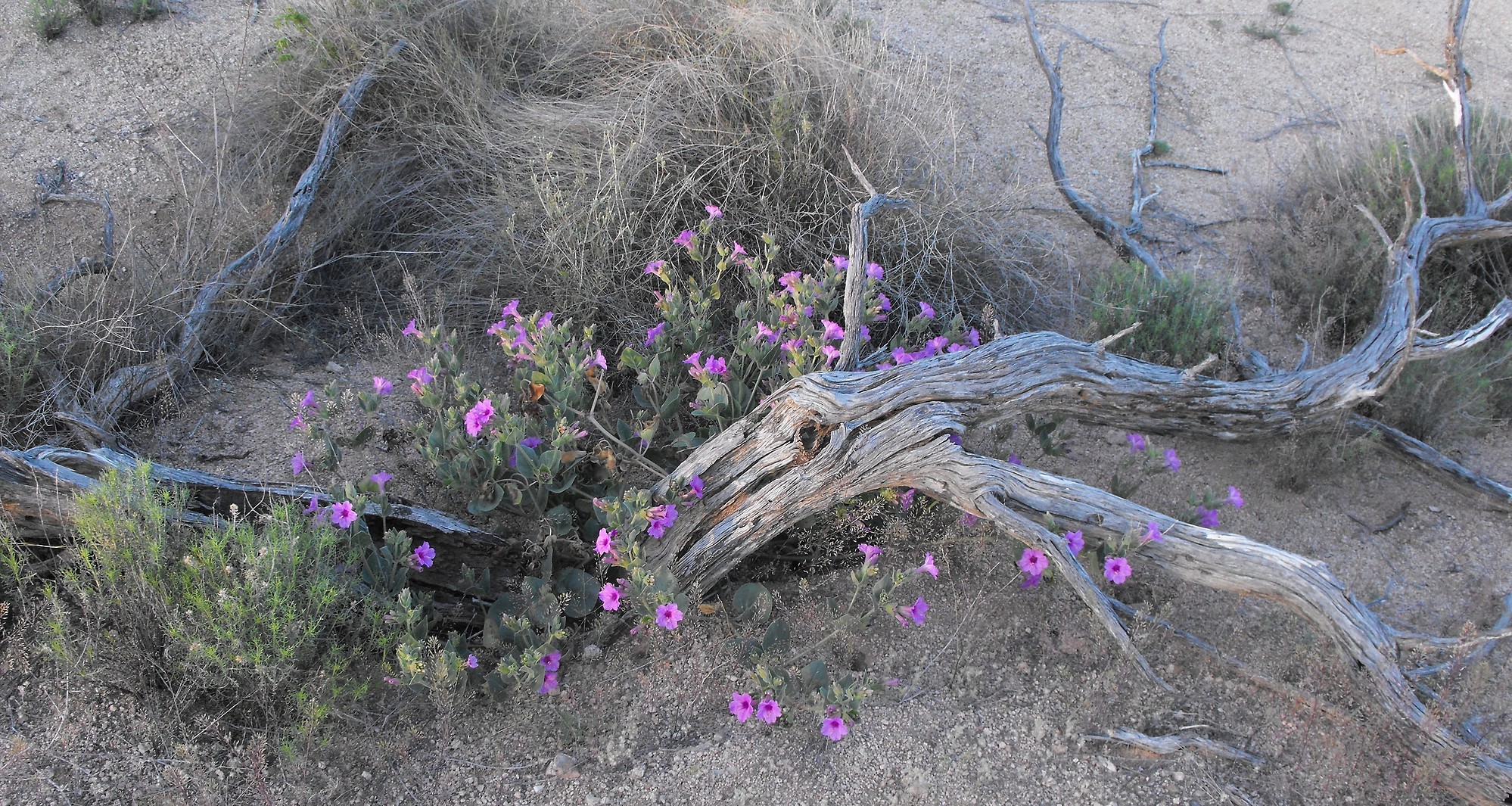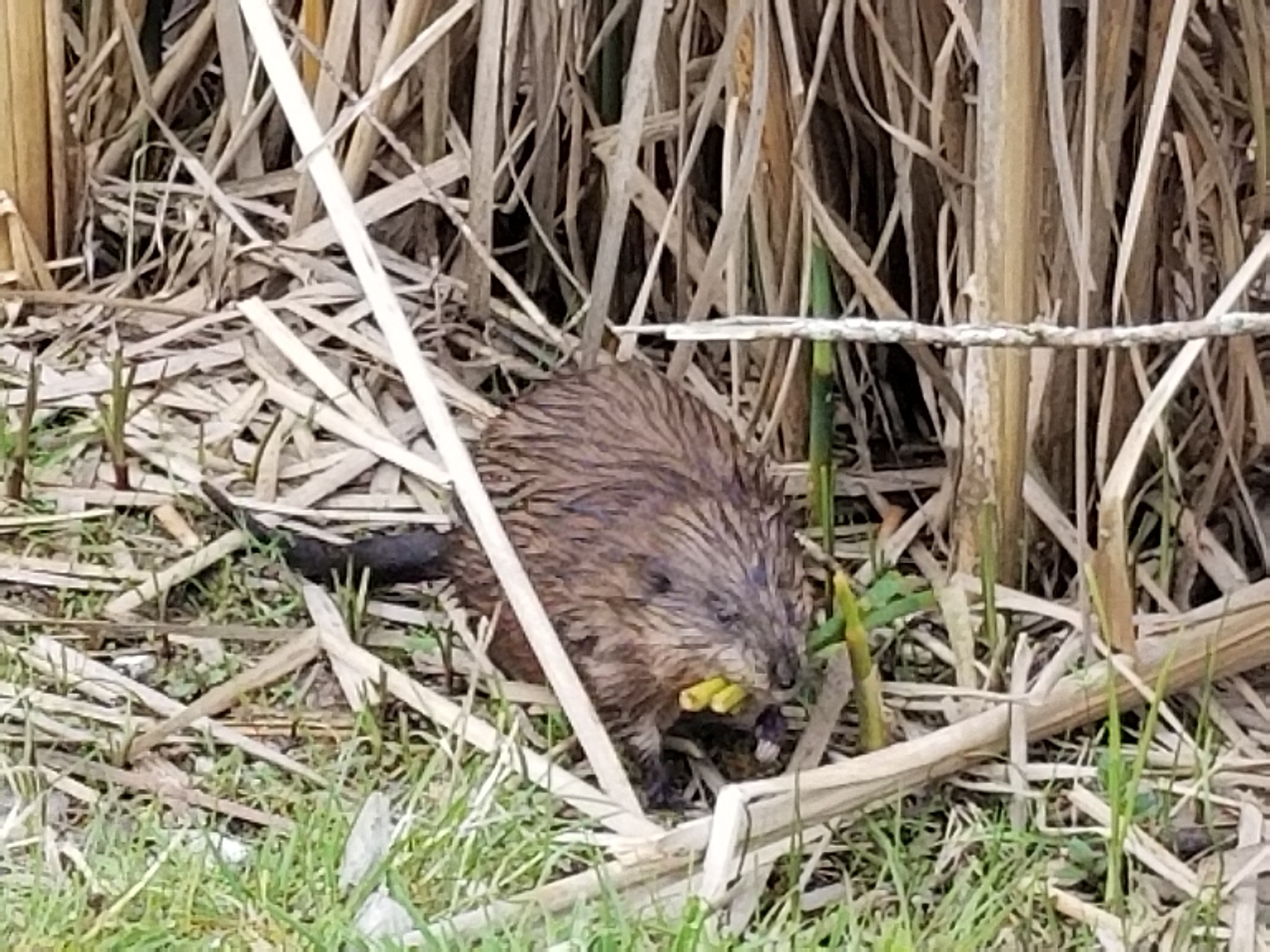Home PageAbout MindatThe Mindat ManualHistory of MindatCopyright StatusWho We AreContact UsAdvertise on Mindat
Donate to MindatCorporate SponsorshipSponsor a PageSponsored PagesMindat AdvertisersAdvertise on Mindat
Learning CenterWhat is a mineral?The most common minerals on earthInformation for EducatorsMindat ArticlesThe ElementsThe Rock H. Currier Digital LibraryGeologic Time
Minerals by PropertiesMinerals by ChemistryAdvanced Locality SearchRandom MineralRandom LocalitySearch by minIDLocalities Near MeSearch ArticlesSearch GlossaryMore Search Options
The Mindat ManualAdd a New PhotoRate PhotosLocality Edit ReportCoordinate Completion ReportAdd Glossary Item
Mining CompaniesStatisticsUsersMineral MuseumsClubs & OrganizationsMineral Shows & EventsThe Mindat DirectoryDevice SettingsThe Mineral Quiz
Photo SearchPhoto GalleriesSearch by ColorNew Photos TodayNew Photos YesterdayMembers' Photo GalleriesPast Photo of the Day GalleryPhotography
╳Discussions
💬 Home🔎 Search📅 LatestGroups
EducationOpen discussion area.Fakes & FraudsOpen discussion area.Field CollectingOpen discussion area.FossilsOpen discussion area.Gems and GemologyOpen discussion area.GeneralOpen discussion area.How to ContributeOpen discussion area.Identity HelpOpen discussion area.Improving Mindat.orgOpen discussion area.LocalitiesOpen discussion area.Lost and Stolen SpecimensOpen discussion area.MarketplaceOpen discussion area.MeteoritesOpen discussion area.Mindat ProductsOpen discussion area.Mineral ExchangesOpen discussion area.Mineral PhotographyOpen discussion area.Mineral ShowsOpen discussion area.Mineralogical ClassificationOpen discussion area.Mineralogy CourseOpen discussion area.MineralsOpen discussion area.Minerals and MuseumsOpen discussion area.PhotosOpen discussion area.Techniques for CollectorsOpen discussion area.The Rock H. Currier Digital LibraryOpen discussion area.UV MineralsOpen discussion area.Recent Images in Discussions
GeneralNature Thread Number 25

20th Apr 2024 23:18 UTCRolf Luetcke Expert

20th Apr 2024 23:19 UTCRolf Luetcke Expert

21st Apr 2024 12:44 UTCRolf Luetcke Expert

21st Apr 2024 20:10 UTCRolf Luetcke Expert


21st Apr 2024 21:13 UTCSteve Ewens
Hummingbird Hawk-Moth SUPER VIDEO!
The hummingbird hawk-moth is a species of hawk moth found across temperate regions of Eurasia. The species is named for its similarity to hummingbirds, as they feed on the nectar of tube-shaped flowers using their long proboscis while hovering in the air; this resemblance is an example of convergent evolution.
The Hummingbird Moth pictured here was nearly 45 mm long. Nearly the size of a Rufous Hummingbird. What a treat to watch it feed on the Lavender blossoms.
I took the video a few years ago at the Plush Store near Hart Mountain, Lake Co., Oregon, USA
A day or so later, I observed a smaller hummingbird moth meet its demise at the hands of a praying mantis.
Steve

22nd Apr 2024 08:23 UTCHerwig Pelckmans
Steve Ewens ✉️
The hummingbird hawk-moth is the animal that comes closest to the hummingbirds (that we don't have in Europe).
Fascinating creatures! :-)

22nd Apr 2024 12:52 UTCRolf Luetcke Expert
Here in SE Arizona, we have quite a number of the Sphinx Moths (Hummingbird Moths) and they vary in size quite a bit. The one you showed looks like the White-Lined Sphinx Moth.
By the way, the tomato hornworm is the larvae of one of the larger Sphinx Moths and is very common. Most are specific to a particular food plant and we find about 6 different ones in our area.

22nd Apr 2024 12:59 UTCRolf Luetcke Expert

22nd Apr 2024 13:05 UTCRolf Luetcke Expert
Interesting insects and their life stories are fascinating.

22nd Apr 2024 10:24 UTCVladimir Sergienko
field horsetail spores, spore diameter is approximately 65 micrometers

22nd Apr 2024 13:09 UTCRolf Luetcke Expert

22nd Apr 2024 14:33 UTCRolf Luetcke Expert
To kind of go along with the caterpillar migration above, the photo here is of a female trantula we had as a pet years ago.
The tarantulas have an interesting background also. We have a lot on and around us. We know their holes and those are either female or juvenile male holes. The first 11 years of the male, they look exactly like a female. When they mature that summer, they molt and then never eat again. They now have the male characteristics of sperm packets on their pedipalps and hooks on the front inner pair of legs to mate with a female.
The mating process is a bit complex and males can get eaten by the female if they are not fast enough to get away after mating. Now to get to a story. We have often had people from the Eastern US come in and tell of hearing tarantulas make good pets and when they were in Arizona, they found one and took it home. They then say they must have done something wrong since they couldn't find anything the spider would eat and it died. They were sad they did something very wrong. Well, I told them all they did was catch a male, which no longer eats and its only mission left in life is to find a female to mate with. All they did was catch a male who was dying anyway at the end of the season. I tell them all they did was keep it from mating.
I often hear of the male migrations that happen in many places.
We had a female, not the same one in the photo here but one when we opened our shop and had it for 39 years before it passed away. Now that is a long life for a spider and people are often amazed they can live this long. Of course that is in captivity and wild ones can get picked off for food and not make it that long.

23rd Apr 2024 20:09 UTCRolf Luetcke Expert
Here in Arizona it is 85 degrees F.
24th Apr 2024 01:48 UTCJeff Weissman Expert

26th Apr 2024 17:27 UTCRolf Luetcke Expert


26th Apr 2024 17:30 UTCRolf Luetcke Expert

27th Apr 2024 15:32 UTCRolf Luetcke Expert


27th Apr 2024 15:34 UTCRolf Luetcke Expert

29th Apr 2024 13:52 UTCRolf Luetcke Expert
This morning I came across about 8 or so feathers in an open space not too far from our house. I recognized them as Great Horned Owl feathers but with only a few of the feathers there, I had to wonder about how a few feathers got there with no dead animal. My assumption here was that the owl came down on a rabbit or jack rabbit and in trying to kill it the animal gave a bit of a fight and some feathers were pulled out in the struggle. All I found were a few feathers so no complete story but the feathers were so pretty I took a photo.
Sometimes nature gives you part of a story and you have to try and fill in the rest.
I know they are Great Horned Owl feathers but how they got in the open and just a few, is only a guess.

30th Apr 2024 16:43 UTCRolf Luetcke Expert

30th Apr 2024 22:28 UTCRolf Luetcke Expert

30th Apr 2024 22:29 UTCRolf Luetcke Expert
30th Apr 2024 23:42 UTCKevin Conroy Manager
Rolf Luetcke Expert ✉️
Prickly Pear cactus second day bloom A flower with a suntan?

1st May 2024 15:50 UTCRolf Luetcke Expert
We do have strong sun but the color change takes place mostly at night so "moon burn".

1st May 2024 15:52 UTCRolf Luetcke Expert


1st May 2024 16:30 UTCRolf Luetcke Expert

1st May 2024 20:11 UTCHarold (Hal) Prior Expert
Your picture and description brought back memories of a very unpleasant experience of about 40 years ago. I was working outside in my backyard in Houston, when something fell from a tree and landed in my shirt collar at back of neck. It was a caterpillar, I instinctively brushed it off and felt a stinging sensation in neck and hand. Within a couple minutes I began to feel light headed. I went inside and laid down on the floor apparently passed out – would wake up three hours later. I now have a very strong respect for all caterpillers!


1st May 2024 23:09 UTCRolf Luetcke Expert
On a hike with two friends way, and I mean way off in the hills from any town north of Benson Arizona, about this time of year the Littleleaf Sumac was in full bloom. We were hiking through brush and rough terrain to find a mine when one friend shouted out in pain. Same as with you, he had gotten a caterpillar on his neck and in brushing it off it nailed him with those spines. He had no idea what did it and was in total panic. I looked at the one friends day pack and saw half a dozen caterpillars on it. Walking through the brush, we had not noticed them.
I immediately knew what the friend had gotten into but his panic was getting worse. He was ready to call for a helicopter to take him to a hospital. Luckily they had me along and I told him that the pain is severe but he was showing no signs of an allergic reaction and the pain would subside in about ten or fifteen minutes. He kept up the talk of the extreme pain until about ten or twelve minutes later and he finally said I was right, it was going away. He found out the hard way that various caterpillars have a serious defense system. It was fortunate he didn't have an allergy to the toxin.
We were way out and that may have been a real problem if he had been allergic.
I will post a photo of one of the worst in our area below.

2nd May 2024 10:54 UTCFrank Mersch
Similar, but not the same. A nutria in a castle moat. Not really shy...
Frank

1st May 2024 23:15 UTCRolf Luetcke Expert
The spine defense is mostly for birds which find caterpillars good food, all except the ones with these kinds of spines.

3rd May 2024 17:29 UTCRolf Luetcke Expert
He asked all the details of where I had found it. It seems that this moth, a Northern Giant Flag Moth, was known but nobody had ever found its food plant. Being the same time of years I had found them, I told the moth expert where I had found them. He didn't waste a moment but immediately headed for the area I had told him I had found them. An hour later he came back down elated, he had not only found a number of the caterpillars but also been able to identify the plant they were feeding on.
This happened one other time with the same friend. I had taken a photo of a moth in the Huachuca Mountains in Cochise County and when he saw the moth he also got quite excited. He said that the moth was a Canadian moth and to his great surprise, had never been found this far South and my photo was a record for the range of the species. Nice to meld my mineral interest with other areas of science also.




Mindat.org is an outreach project of the Hudson Institute of Mineralogy, a 501(c)(3) not-for-profit organization.
Copyright © mindat.org and the Hudson Institute of Mineralogy 1993-2024, except where stated. Most political location boundaries are © OpenStreetMap contributors. Mindat.org relies on the contributions of thousands of members and supporters. Founded in 2000 by Jolyon Ralph.
Privacy Policy - Terms & Conditions - Contact Us / DMCA issues - Report a bug/vulnerability Current server date and time: May 4, 2024 00:35:22
Copyright © mindat.org and the Hudson Institute of Mineralogy 1993-2024, except where stated. Most political location boundaries are © OpenStreetMap contributors. Mindat.org relies on the contributions of thousands of members and supporters. Founded in 2000 by Jolyon Ralph.
Privacy Policy - Terms & Conditions - Contact Us / DMCA issues - Report a bug/vulnerability Current server date and time: May 4, 2024 00:35:22








































